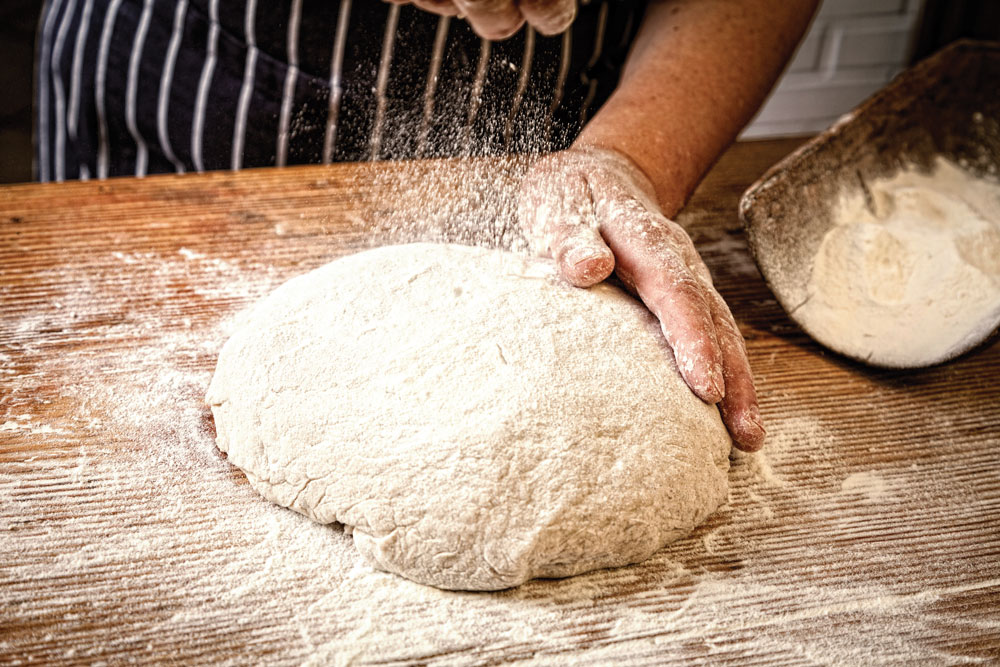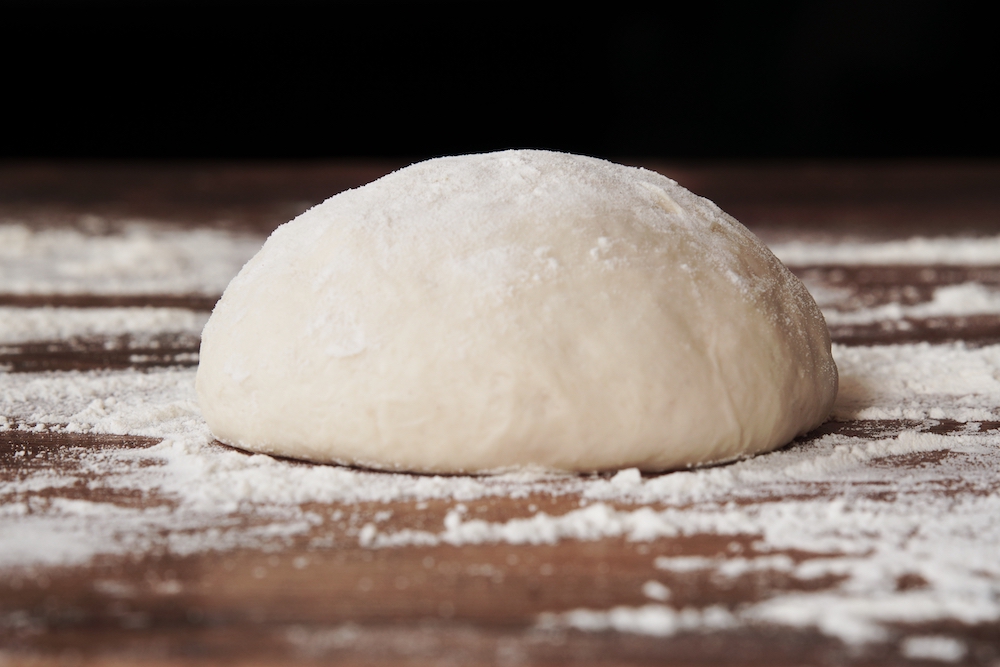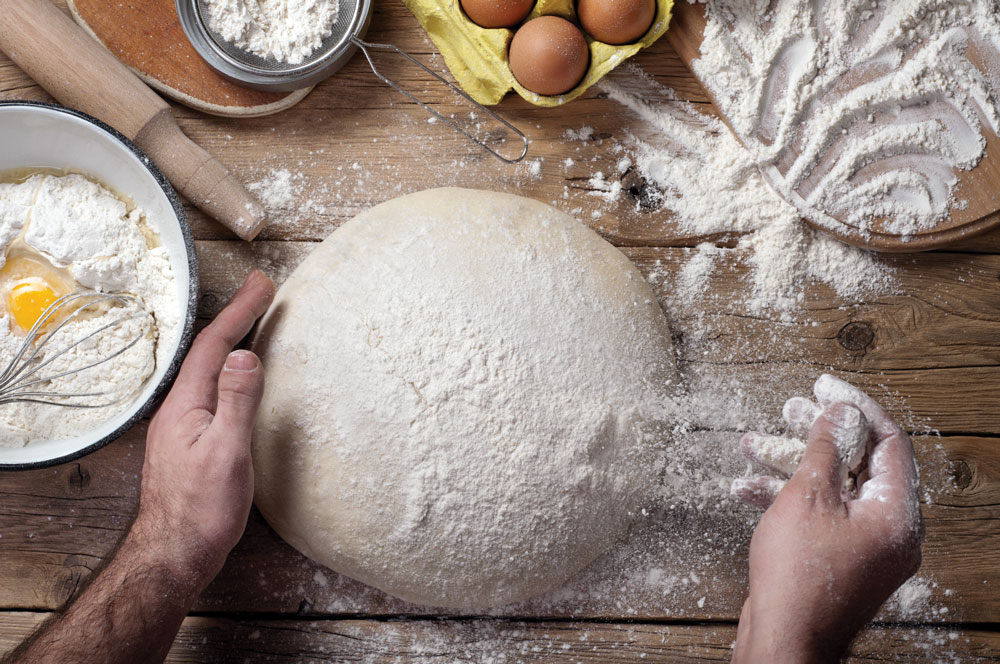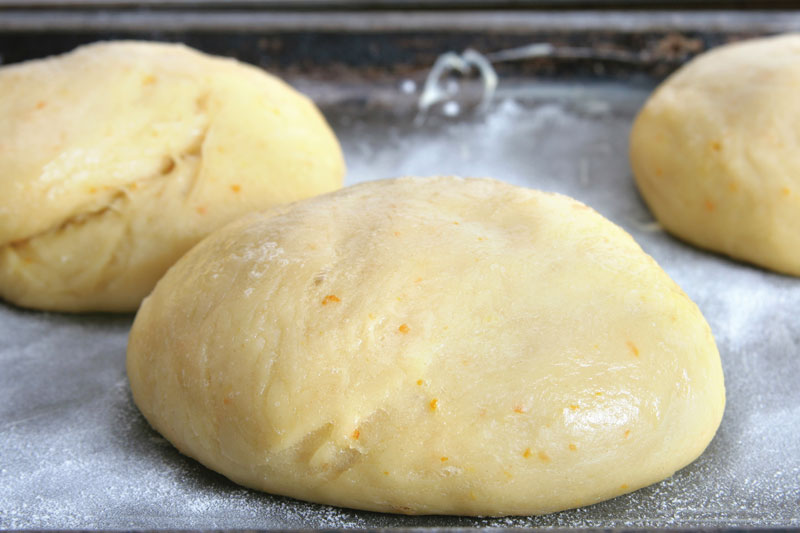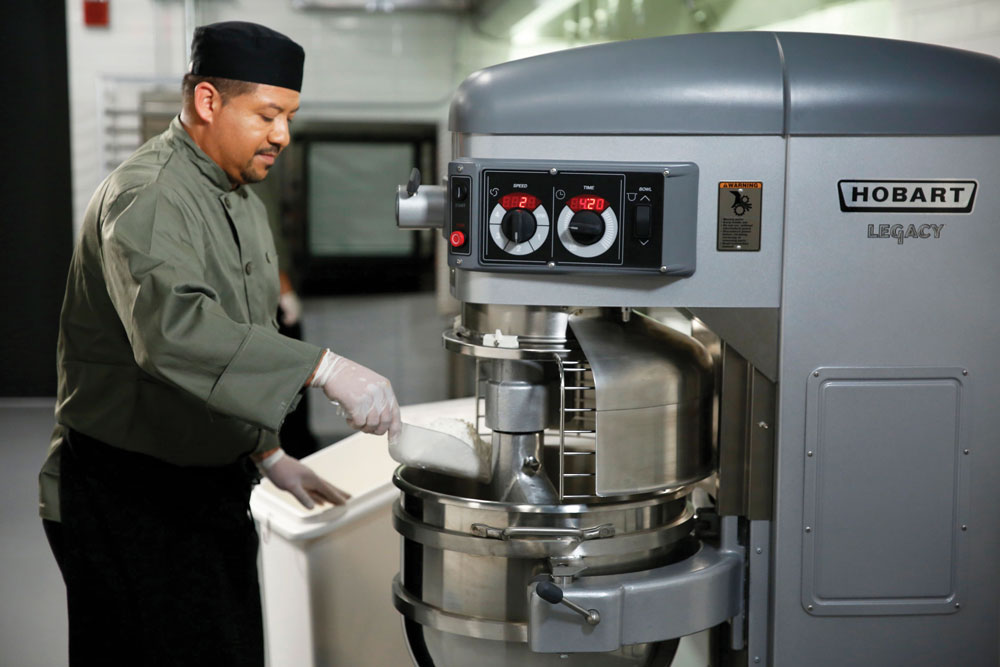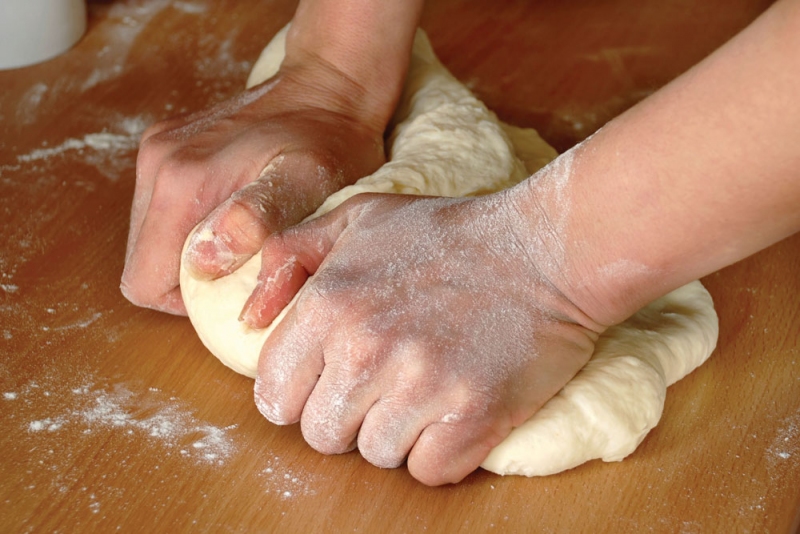Q: I’m having problems with my dough’s water absorption rate, even though I’m using the same ingredients I always used. What could be causing this?
A: Year in and year out, we add a measured amount of water to the mixing bowl, add a specific quantity of flour (along with other ingredients) and mix our dough for a predetermined length of time. But consider this: The wheat in your flour changes constantly from mill lot to mill lot. Additionally, the varieties of wheat may change from year to year (or every few years). With all of these changes in wheat taking place, that means our flour is changing, too. These variations affect our dough recipes, but many operators are only dimly aware of this fact.
The larger commissaries receive a mill analysis report on every flour shipment; these reports identify changes in water absorption and mixing time between the different flour lots and help dough makers calculate the correct amount of water to use and the correct dough mixing time. Since individual pizzerias typically use bagged flour, such reports are not available to them. (They aren’t even practical, since one pallet may contain flour from different milling lots.) That means we can get into trouble when we get stuck on certain fixed parameters—such as moisture absorption—for our dough. We have always used a specific amount of water per 50-pound bag of flour, but now we may find that our dough won’t open as easily. We can add other ingredients to fix this problem, but is that really necessary?
Pizzeria operators need to realize that flour is not a constant. It will change from time to time, affecting moisture absorption properties, and you need to be ready to make adjustments to your dough to accommodate these changes. Otherwise, you’ll struggle unnecessarily with frustrations or end up buying ingredients you might not need. The real solution may be simply to make a slight change to your dough absorption or to your mixing time!

